A Blog on Wire Crimping Terminology
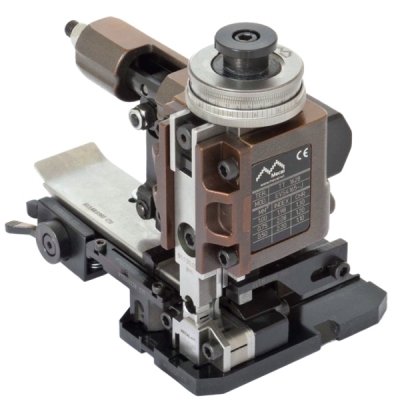
For many of us in the manufacturing business there are many terms and acronyms we have to get our head around and this week I am going to introduce you to the terminology around wire crimping. Many of the following terms will be familiar to you however; do you really know what they mean and […]
USA Mains Power Cable Specifications
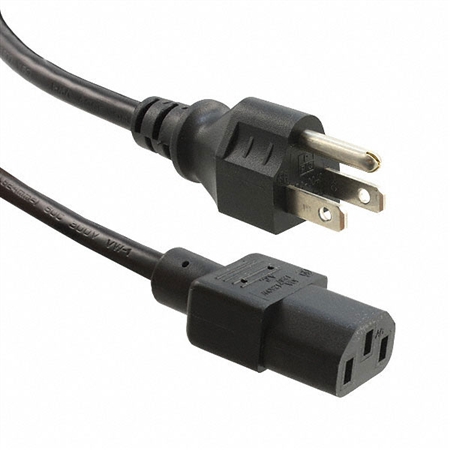
For many design engineers and purchasers the area of US Mains leads can be a minefield as unlike in the UK the American standards are a little more complicated. This Blog will guide you thought the various different type of cables and what the common abbreviations actually mean. Let’s start with the basics. National Electrical […]
The Dangers of Running Data & Power Cables in parallel

Unshielded Cables Ethernet cable performance capabilities have been enhanced by increasing the number of twists per inch in the cable, differentiating this number between each pair as well as through using improved insulation materials. These changes reduced the amount of crosstalk between conductors allowing operation at higher frequencies, reaching a maximum frequency of 250 MHz […]
New Guide to Ethernet Cat 5e & Cat 6 Testing Part II!
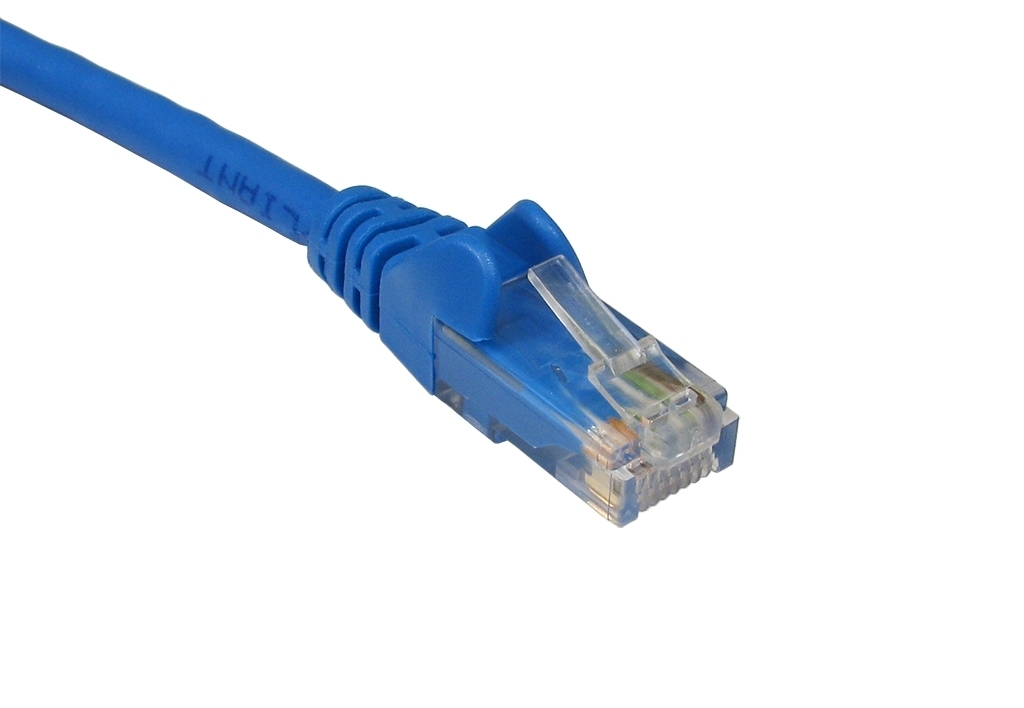
In our previous Guide to Cat 5e & Cat 6 Cables we discussed the main differences and briefly showed the complex test structure required for true full Ethernet connectivity. This week we are going to go into much more detail. Lets look at why the testing is so complex and why it is important that […]
New Guide to Ethernet Cat 5e & Cat 6 Testing!

Many of you will be familiar with RJ45 Cables in the Cat 5e & Cat 6 formats they are pretty much commonplace with anyone that has an office network or Broadband Router at home. However, for those of us in the manufacturing there is a whole lot more to these simple looking cables than meets […]
A Guide to Mil Spec Connectors
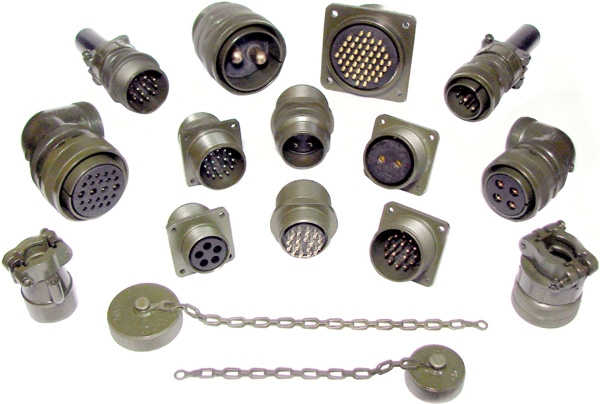
For many people working with high end, harsh & no fail environment connector systems, Mil Spec will be the system of choice. Their longevity and track record of reliability and known quality makes them an easy design for any engineer, however for non technical buyers the part numbering system can be baffling. The following guide […]
New Guide to Medical Connectors
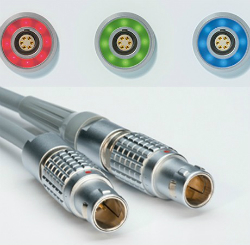
This week I bring you my guide to Medical Connectors. Even if you don’t work in the medical field this is still worth a read as many technologies used are transferable qualities. If you are designing or improving existing Cables and Intern-connection it’s well worth considering Medical Grad Connectors as an alternative to Mill Spec […]
LVDS Cables: a simple guide
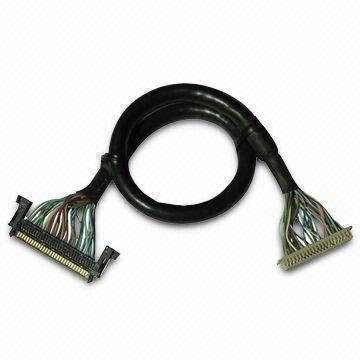
If you work with flat screens or integrate them into the products you manufacture, you will have used Low-voltage differential signalling (LVDS) cables. LVDS was introduced in 1994, and has become popular in products such as LCD-TVs, automotive infotainment systems, industrial cameras, machine vision, notebooks and tablet, and communications systems. The cables supplied by monitor […]
More ROHS 2 exemptions will expire this year!

For those in the manufacturing business it is vital that you comply with all the ROHS 1 & 2 Requirements however many people still assume that if they work in assumed protected industries such as medical or defence then they don’t have to worry about the implications of ROHS compliance, well not any more. Since most manufacturers […]
Simple Guide to RFID
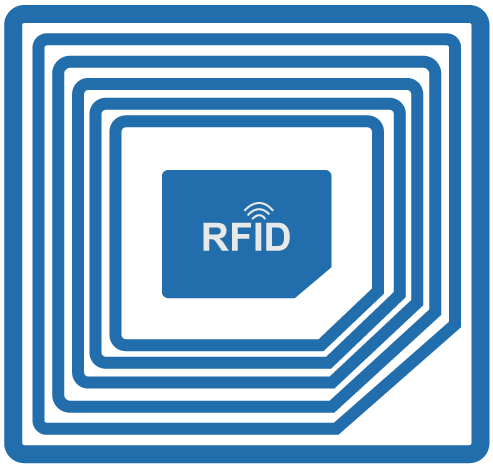
What is RFID? Radio frequency identification, or RFID, is a generic term for technologies that use radio waves to automatically identify people or objects. There are several methods of identification, but the most common is to store a serial number that identifies a person or object, and perhaps other information, on a microchip that […]
